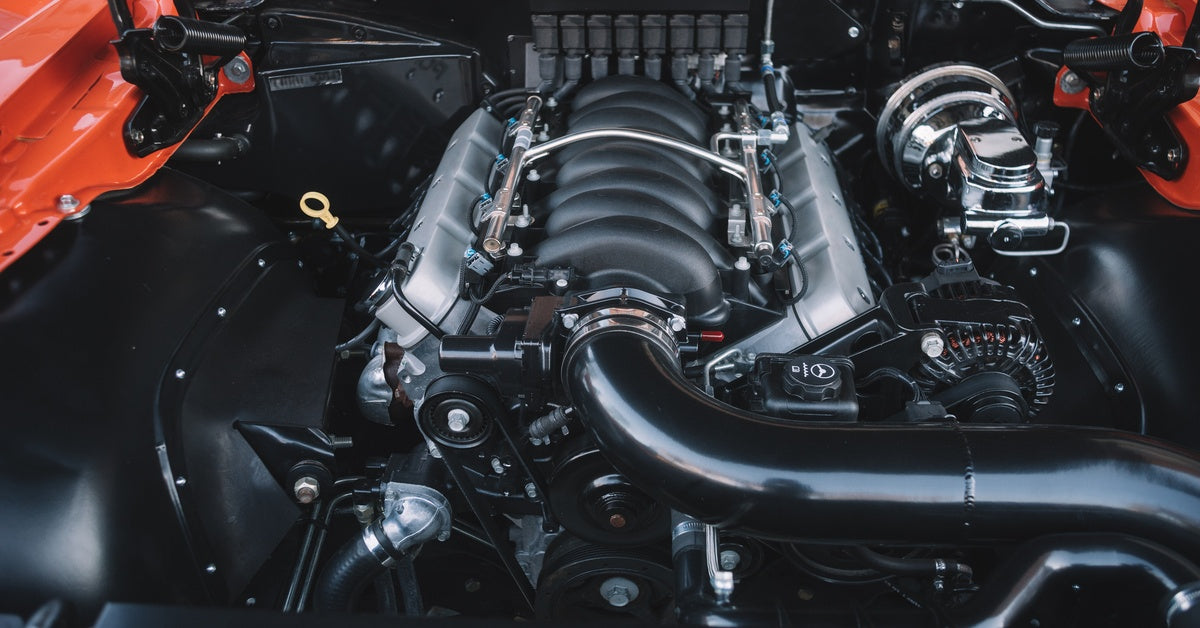Because every auto engine has its own quirks, setting the gap in your spark plugs can mean the difference between optimal performance and engine misfires. Many times, the solution is as simple as adjusting the gap in your spark plugs. E3 spark plugs for automotive applications feature a unique, three-leg ground electrode that is pre-gapped at our factory, specifically designed to meet the O.E. requirements for the vehicles they are listed to fit, so gap adjustments typically won’t be necessary. E3′s power sport, lawn and garden spark plugs also are factory-gapped, but may require some adjustment to meet your engine’s requirements and your personal preferences for engine performance.
The primary components of a spark plug are the tip, the insulation and the electrode. In order to work, the spark must jump the air gap from the tip to the electrode. A narrow gap ensures the spark plug will fire on each cycle, but if it’s too narrow, the spark might be too weak to ignite your engine. A wider gap means a bigger spark, better combustion and a cleaner burn. But a too-wide gap may lack the current needed for the spark to make the jump, especially at high speeds. That’s when a misfire happens. Spark plugs typically come from the factory with the correct gap size, assuming you’ve picked the right spark plugs for your vehicle. In any case, adjusting the gap on your spark plugs is easy, but precision is key to optimal engine performance.
To adjust the gap on your spark plugs, first check your vehicle’s manual for the proper gap size. Some manufacturers also provide this information on a sticker placed on the underside of your vehicle’s hood. Proper gapping is especially important in softer aluminum engines. Note also that setting all spark plug gaps to the same range is crucial for both engine output and mileage. Once you know the proper spark plug gap for your engine, insert a gap tool into the small space by the electrode (or “hook”) and bend it outward until it reaches the correct measurement. If the gap is too large, gently press it against a hard surface to close up the excess space. Once you believe you’re done, double check the measurements and install or reinstall the spark plugs.
If you’re re-gapping and reusing your current spark plugs, be sure to clean the thread surfaces first. And if you choose to use an anti-seize compound, apply it sparingly. Too much can produce excessive carbon buildup on the threads and give off fumes when your engine heats up. For more information, visit E3 Spark Plugs’ webpage on spark plug installation recommendations.







